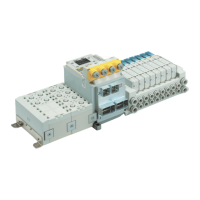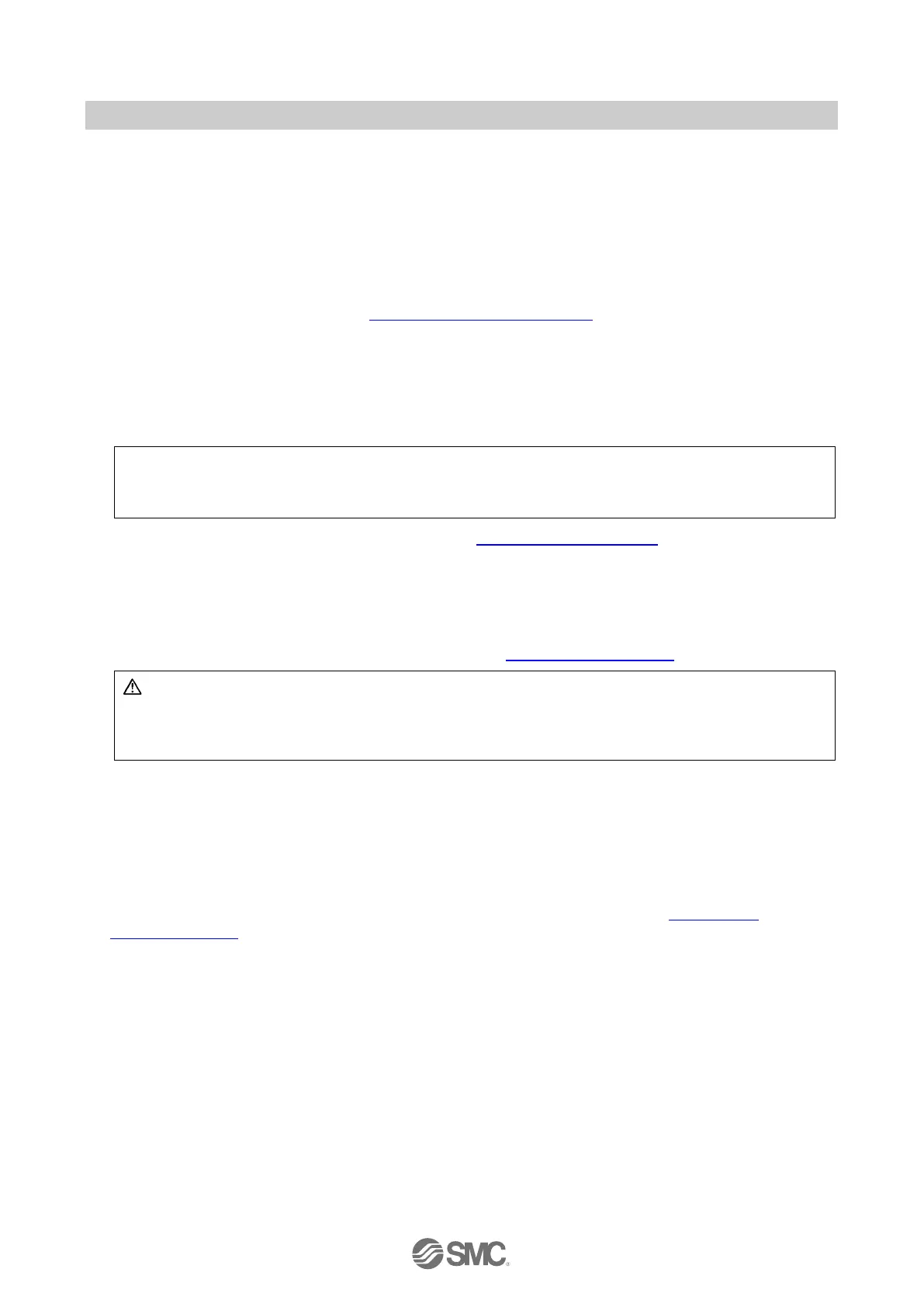- 16 -
No.EX##-OMY0004
3.3. Safe digital inputs and clock outputs UT1 and UT2
3.3.1. Safe digital inputs
The module has safe digital inputs, which can be used as follows:
For two-channel assignment: four two-channel inputs
For single-channel assignment: eight single-channel inputs
Or a combination of two and single channel inputs.
Technical data for the safe inputs: see Section 10.4 “Safe digital inputs”. The supply voltage for the inputs
can be provided externally (non-safe operation) or via the clock outputs.
3.3.2. Parameterization
The safe digital inputs of the module can be parameterized in pairs. This means that the inputs can be
adapted to various operating conditions and different safety integrity levels can be implemented (SIL,
SILCL, Cat., PL).
"The clock outputs are also switched on and monitored when the module is not parameterized.
If a short circuit occurs between UT1/2 outputs and 0V(US1), the clock output is switched off.
This state is indicated by the local diagnostics LED. UT1/UT2 LED switched on."
Information on the parameterization of the inputs: see Section 8 “Commisioning”.
3.3.3. Diagnostics
Diagnostics are provided via both the local diagnostics indicators and the diagnostic messages which are
transmitted to the controller.
Information on the diagnostic messages of the inputs: see Section 16 “Error codes”.
WARNING: Loss of safety function
Using diagnostic data for safety-related functions can result in the loss of the safety function as
diagnostic data is not safety-related.
Do not use the diagnostic data for safety-related functions or actions.
3.3.4. Requirements for sensors/controlling devices
Functional safety places requirements on the design of sensors/controlling devices.
Use suitable sensors/controlling devices which are described in the applicable safety standards, for
example.
The module's ability to detect errors depends on the parameterization.
Adapt the module parameterization to the relevant sensor/controlling device: see Section 8.2.
“Parameterization”.

